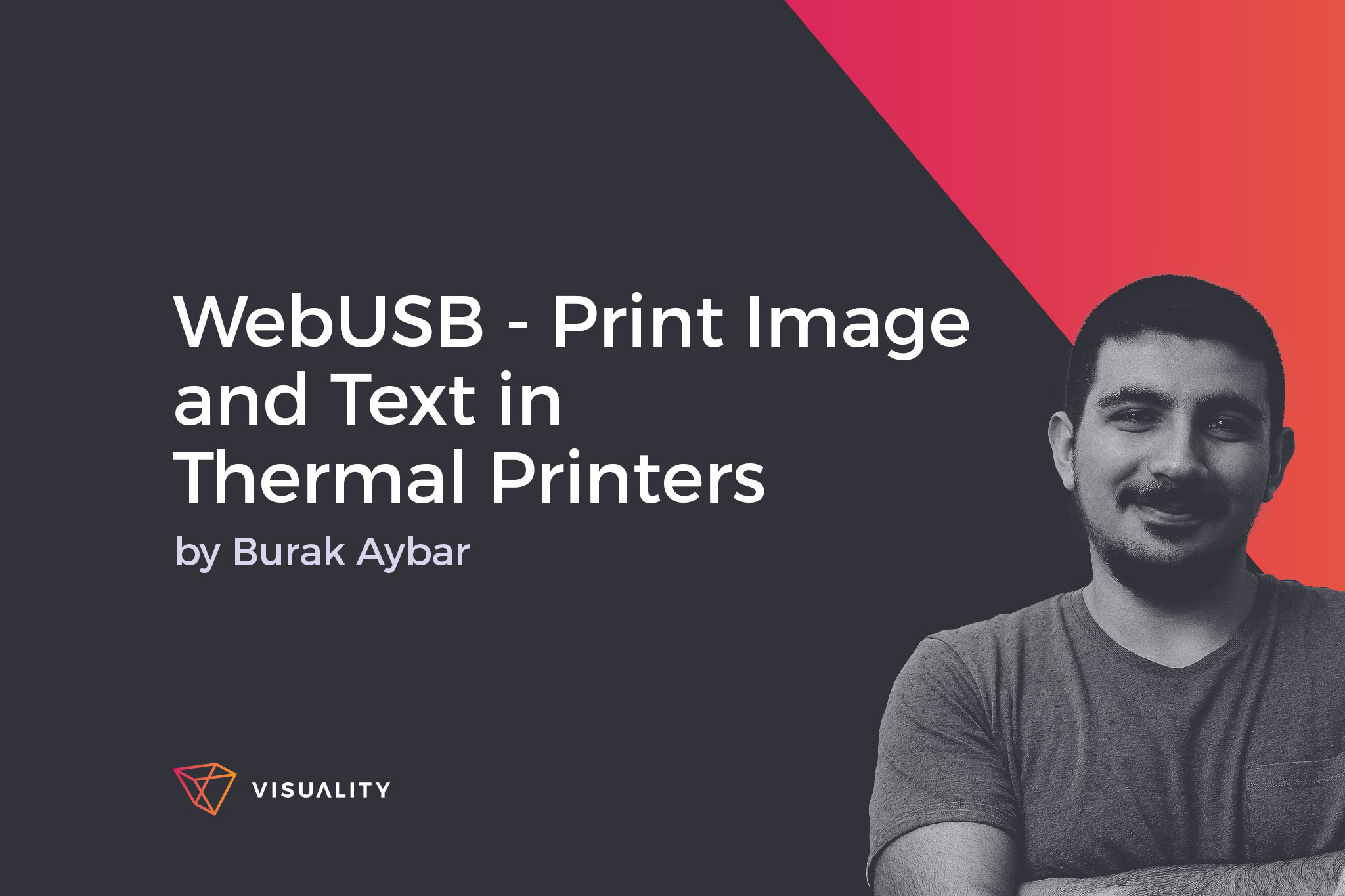So far we've been introduced with a couple of preprocessors like Less, SASS, Stylus and a lot of tools and methods for composing, organizing and managing stylesheets for our modern web applications. React, as a powerful JS library of contemporary front-end development also had its own particular need for more capable styling options for its reusable components.
So what is the best approach for styling React components? Regarding this matter, there is no acknowledged common approach or best practice yet but you can find couple of ways to do it.
Styled Components
Styled Components is a well-known example for CSS-in-JS approach. Instead of following traditional pattern with classnames to compose stylesheets, you can create encapsulated styles and even engage them with props of the components. This pattern also allows us to have reusable and separated UI from the other stateful/stateless React components.
Styled components simply act like a wrapper component by being mapped to HTML tags to style itself and child elements. It empowers you to write regular, vanilla CSS inside a JS file which is also reinforced and leveraged with tagged template literals.
Basic usage:
import styled from 'styled-components';
export const Wrapper = styled.div`
border: 1px solid #ddd;
padding: 10px;
// Any nested selector is allowed here
h1 {
color: #000;
}
`;
import React from 'react';
import { Wrapper } from './Wrapper;
export default function Header() {
return(
<Wrapper>
<h1>This is a simple styled component</h1>
</Wrapper>
);
}
Adapting Props
This is an example of the magic of CSS-in-JS approach. You can easily pass a function or any prop to a Styled component’s template literals to adapt it based on its props.
const Button = styled.button`
background: ${props => props.primary ? 'red' : 'white'};
color: ${props => props.primary ? 'white' : 'red'};
font-size: 1.6rem;
border: 1px solid #ddd;
border-radius: 4px;
padding: 0.5em 1em;
`;
render(
<div>
<Button>Default</Button>
<Button primary>Primary</Button>
</div>
);
CSS Modules

CSS modules, regardless of React, have already made a significant contribution to the front-end community by introducing us to an isolated local scope and bringing a more modular approach to the good old CSS. It also worked well with React, thinking of every component gets its own stylesheet file with its own styling.
Since this is not a direct CSS-in-JS approach like Styled Components, you will simply need to write CSS (can be also SASS) in separate stylesheet files. For the basic usage in React, all you need to do is referring to the desired selector within className attribute.
Basic usage:
.flex {
display: flex;
align-items: center;
justify-content: center;
}
import styles from './styles.scss';
const Sample = () => (
<section className={styles.flex}>
<p>This is a simple component styled with CSS Modules</p>
</section>
);
export default Sample;
Extending/Inheritance
As all class selectors are local by default, extending rulesets and communicating with other modules plays a relatively more significant role in CSS modules. Our old-pre-processor friend 'extending' is named as 'composition' here. To share rule-sets between the modules, extend or overwrite, you simply need to use 'composes' property in the stylesheet.
.customTable {
composes: table from "./table.css";
}
Inline
Even though React itself encourages to use inline styling it comes with a bunch of disadvantages which makes it one of the least preferable option to style React components due to its restrictive usage. Here are the biggest concerns for traditional inline styling for React, unless you don't use any additional library or come up with workaround solutions;
Duplication. You might need to recompose same style code once again and use repetitive rules for another component. This flow itself looks like anti-pattern when it comes to reflecting the main principle of React which is described as 'reusable components'.
No pseudo-classes: It's not possible to use one of the most fundamental features of CSS such as pseudo-classes (:hover, :active, :focus etc.)
No vendor prefixes: You can't use vendor prefixes and override a rule on the same selector
No media queries: Using media queries is not possible here, which is a pretty important issue in terms of RWD.
To sum up, this might not be the best approach for using in large-scale and UI-heavy applications as you may end up with a mess and limited range of motion. However, there are several libraries such as Radium, React style, React JSS which provide solutions and workarounds to deal with the deficiency of inline styling.
Basic usage:
const wrapperStyle = {
width: '50px',
height: '50px',
border: '1px solid #ddd',
};
const textStyle = {
fontSize: '1rem',
color: '#000',
};
const Sample = () => (
<div style={wrapperStyle}>
<p style={textStyle}>This is a sample for inline styling in React</p>
</div>
);
export default Sample;
Approaches and libraries to style React are not limited only to these mentioned above. There are also other projects such as state-driven styling approach fela, glamorous, styletron and few more.



























